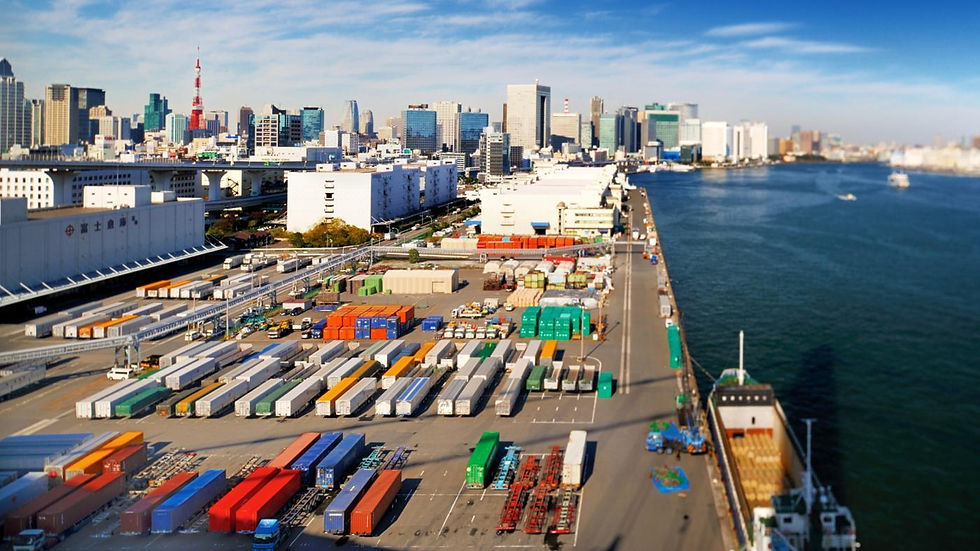India and Japan trade relations that exporters should know about
- Amazon Global Selling
- Aug 6, 2021
- 2 min read
Japan and India are Asia's second and third-largest economies respectively. India and Japan signed a Comprehensive Economic Partnership Agreement (CEPA) in February 2011, and this was implemented from August 2011. This was done so to boost bilateral trade in goods as well as services. The primary Indian products that are exported to Japan generally includes petroleum products, chemical elements, fish as well as fish preparation, non-metallic mineral ware, metalliferous ores and scrap, clothing and accessories, iron and steel products, textile yarn and fabrics, machinery, and last but not least, i.e., feeding-stuff for the animals. The primary goal of our country has always been to increase Indian export to Japan

Key factors
The main things that India's export to Japan are usually the finished goods such as large machinery products, iron, and steel products, electrical machinery, transport equipment, chemical elements, plastic materials, manufactures of metals, precision instruments, rubber manufactured, coal as well as briquettes. These are the finished products that are usually made up of raw materials from India and some other countries, as Japan doesn't have the type of abundant source of metals in their country.
The bilateral trade and services between India and Japan have remained subdued after the signing of CEOA by both countries. India is one of the largest exporters of IT services to the rest of the world. India's IT and IT-enabled services to Japan account for less than 1% of Japan's IT services market. India also has one overall trade deficit in these types of services in Japan. In contrast, these services in our country have always been in the surplus position in many developed countries.
Various studies had shown that the CEPA had been a failure to boost India's exports to Japan. Due to this signing, the tariff lines of Japan were already close to zero. India, in this situation, also gave more market access to Japan through large amounts of tariff cuts.
The other factor is that Japan has been very strict with the quality controls and the Indian exporters need to comply with the regulations that the Japanese government imposes. To increase the exports to Japan, India should focus on the lucrative market.
The commerce ministry of India also plans to run a large number of special programs for trade and promotion in Japan. This has been identified in many sectors such as textiles, garments, information technology services, pharmaceuticals, leather products, and agro-processed products. Many studies have also said that India should look at higher investment from the Japanese companies along with the Delhi as well as Mumbai Industrial Corridor.
There are a large number of things that are exported to Japan. When we look at the Indian economy, the export market has helped boost the country's growth rate by approximately 4% to the total GDP.
India is listed as one of the largest exporters in the world. Our country generally exports a large number of manufactured as well as natural products and services worldwide. This also helps expand the made in-country items to reach the global level and generate some income for the people of the country. The things exported to other countries usually give a lot of return which is very useful for a manufacturing company or a nation.
Also read:- A couple of tips to sell online in Australia







Comments